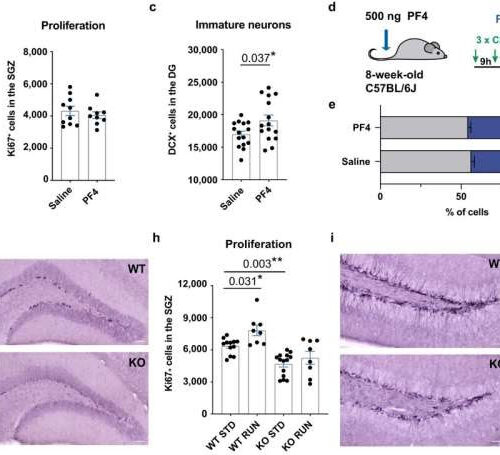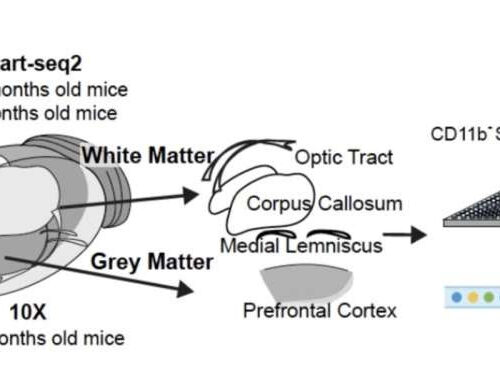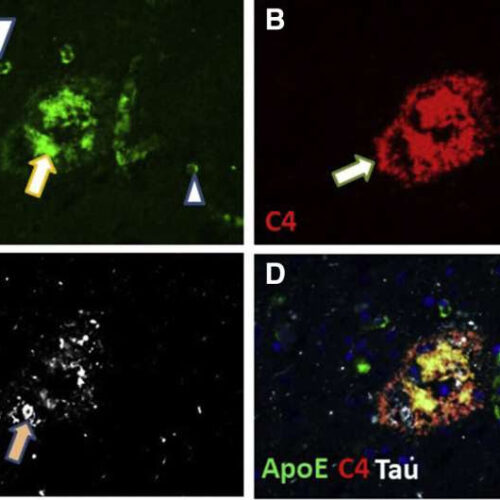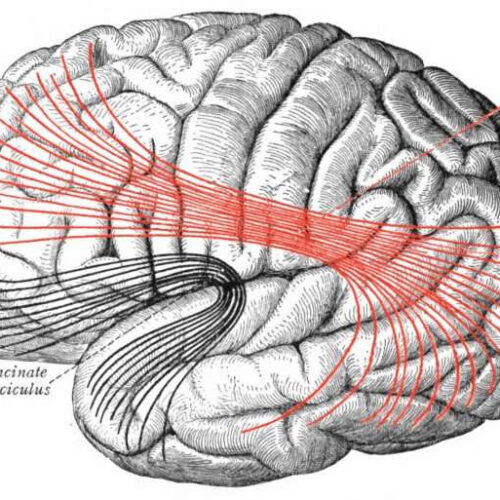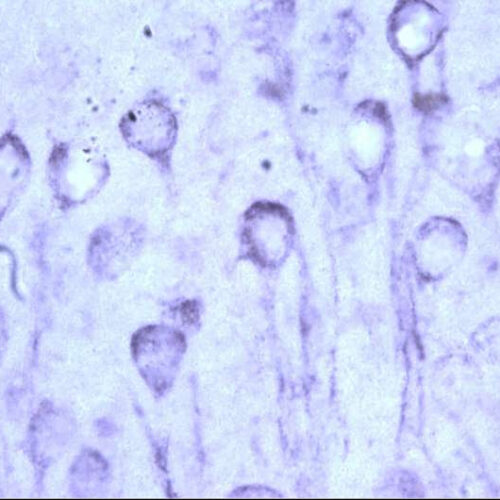by University of California, San Francisco Systemic PF4 enhances adult hippocampal neurogenesis in vivo. a Experimental design of PF4 injection paradigm in young mice. b, c Intravenous (i.v.) PF4 injections for 1 week did not affect neural precursor cell proliferation in the subgranular zone (SGZ; n = 10 mice in saline group; n = 9 mice in PF4 group; counts of one hemisphere), but increased the number...
Tag: <span>aging brain</span>
Study shows that adaptive immune responses can cause cellular loss in the aging brain
by Ingrid Fadelli, Medical Xpress To characterize aging effect at single cell resolution, Kaya et al. used two different single-cell RNA sequencing (scRNA-seq) methods. For plate-based scRNA-seq (Smart-seq2). They isolated and dissociated grey matter from the frontal cortex and white matter tracts from the corpus callosum as well as the optical tracts and the medial...
SALK SCIENTISTS DISCOVER ANTI-INFLAMMATORY MOLECULES THAT DECLINE IN THE AGING BRAIN
LA JOLLA—Aging involves complicated plot twists and a large cast of characters: inflammation, stress, metabolism changes, and many others. Now, a team of Salk Institute and UC San Diego scientists reveal another factor implicated in the aging process—a class of lipids called SGDGs (3-sulfogalactosyl diacylglycerols) that decline in the brain with age and may have...
Study now links non-mutated Apolipoprotein E to dementia in the aging brain
by Elsevier Immunofluorescence microscopy showing a single neuritic amyloid plaque with the localization of Apolipoprotein E (ApoE) (green; A), complement protein C4 (red; B), and Tau (white; C) proteins in amygdala. This is from an individual with the APOE ε3/3 genotype (Case 1068). In the depicted plaque-like structure, the ApoE signal is strongest in the...
Keeping the aging brain connected with words and music
by Vibhav Nandagiri, Duke Research Blog Relative location of subcortical white matter fiber tracts (lateral view). Credit: Wikipedia In an era of seemingly endless panaceas for age-based mental decline, navigating through the clutter can be a considerable challenge. However, a team of Duke researchers, led by cognitive neuroscientist Edna Andrews, Ph.D., think they may have found...
Chaperone protein imbalance promotes toxic tau buildup in the aging brain
by University of South Florida Tau pathology resembling that seen in Alzheimer’s disease brains. Credit: Laura Blair’s laboratory, USF Health/University of South Florida Chaperone protein imbalance can play a significant role in initiating toxic accumulation of tau in the aging brain—an early step in the development of Alzheimer’s disease and related neurodegenerative disorders known as tauopathies,...

